Like any spy network worth its salt, the Office of Strategic Services (OSS), the U.S. World War II intelligence-gathering agency authorized by President Franklin D. Roosevelt, maintained a tight lid on its activities and the identities of those who were a part of it. OSS files were classified for decades after the war ended. Not until 1981 did Central Intelligence Agency (CIA) Director William Casey, a former OSS man himself, allow a vast number of documents to be transferred to the National Archives.
Since then, documents relating to the wartime activities of the OSS, which was the forerunner of the modern CIA and officially dissolved by President Harry S. Truman in 1945, have been made public from time to time. In August of last year, the National Archives opened 750,000 documents contained in more than 35,000 personnel files pertaining to at least 24,000 former agency employees. Immediately, it was recognized that the size of the OSS was at least twice that of earlier estimates. Even more surprising were some of the names revealed.
Among those in the employ of the OSS during World War II were Julia Child, then Julia Williams, who went on to become a famous chef during the golden era of television. Also included were Academy Award-winning director John Ford, future Supreme Court Justice Arthur Goldberg, presidential adviser Arthur Schlesinger, major league baseball catcher Moe Berg, and actor Sterling Hayden. Also among those employed by the OSS were Kermit Roosevelt, the son of President Theodore Roosevelt; Miles Copeland, father of drummer Stewart Copeland of The Police; and Lawrence Tisch, one-time head of the CBS television network.
In the case of Julia Child, her file revealed that she admitted a personality trait of impulsiveness. As a 28-year-old working girl in Beverly Hills, California, she briefly held the job of advertising manager at W&J Sloane, a furniture store. During a disagreement with her manager, she apparently quit her job on the spot. In a handwritten letter of explanation that is included in her file, Child explained, “I made a tactical error and was out. However, I learned a lot about advertising and wish I had been older and more experienced so that I could have handled the situation, as it was a most interesting position.”
Child was hired in 1942 and worked for a time directly with General William “Wild Bill” Donovan, the director of the OSS.
One of President John F. Kennedy’s inner circle, Schlesinger worked as an intelligence officer with the OSS in London and generated reports on political events and activities. One reviewer of his application noted, “His understanding and familiarity with the political history of European countries, achieved by years of study and firsthand observation … admirably qualify him for this responsible work.”
Apparently, Kermit Roosevelt was considered to have certain connections. One note in his file states, “Sometimes in spite of himself, he finds himself involved in policy matters by superiors who wish to take advantage of his name.”
It was Ford’s knowledge of videography, which facilitated the review of spy photographs, that brought him into the OSS. By the time he began his tenure with the intelligence-gathering organization, he had already produced films for the war effort and claimed three of the four Oscars he would receive during his film career. Ford became an OSS agent in 1941 and later a close adviser to Donovan. His file documents instances of bravery under fire while filming and that he was wounded.
Tisch had been hired by the OSS as a codebreaker and had always been fascinated by cryptology, even working with various codes as a hobby, while Goldberg had been an attorney in Chicago whose experience with labor issues equipped him to work with labor unions in Europe on behalf of the Allies.
Based on the information revealed in the OSS personnel files, speculation as to the contents of other files to be declassified in the future is tantalizing.
Michael E. Haskew
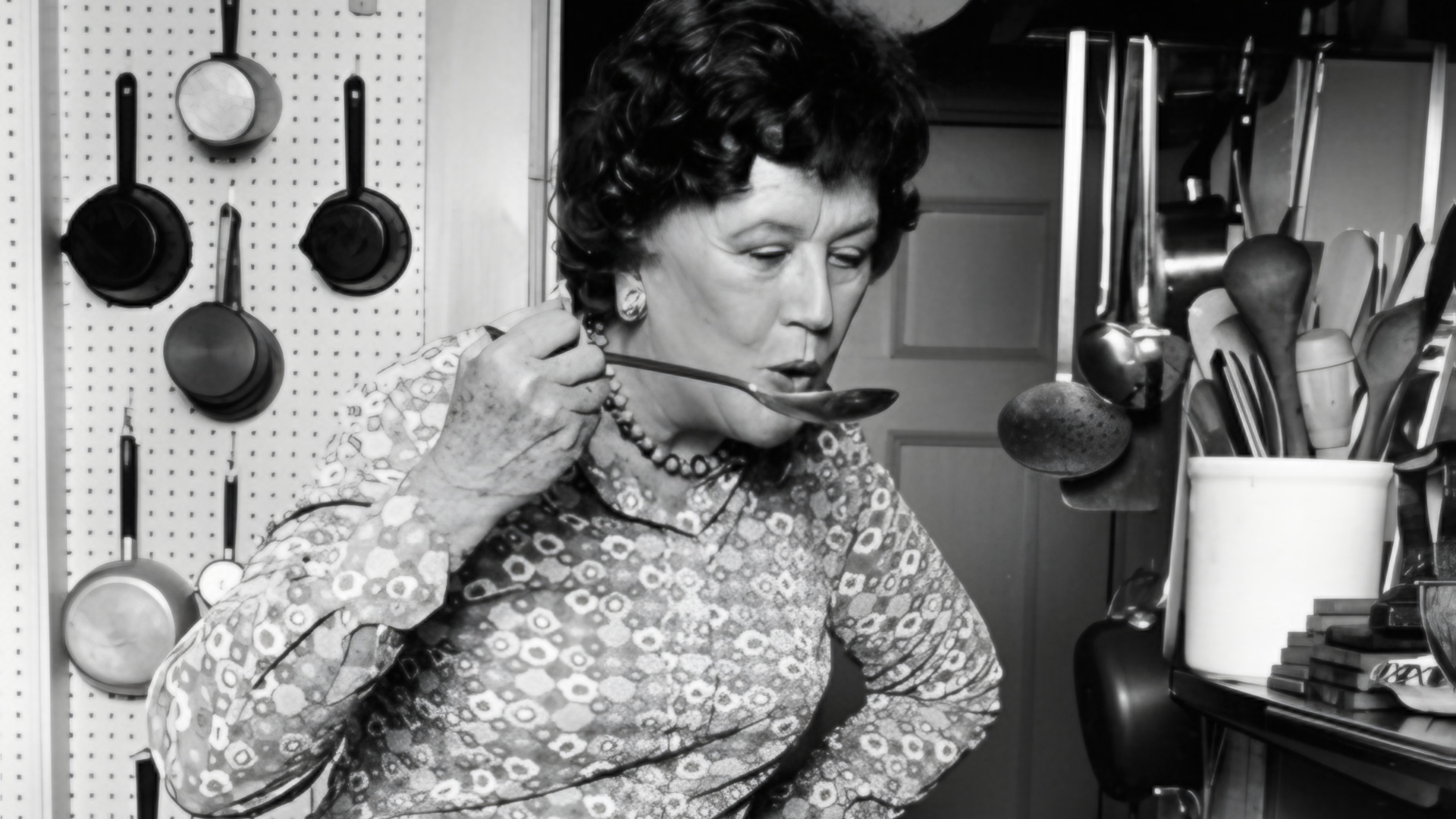
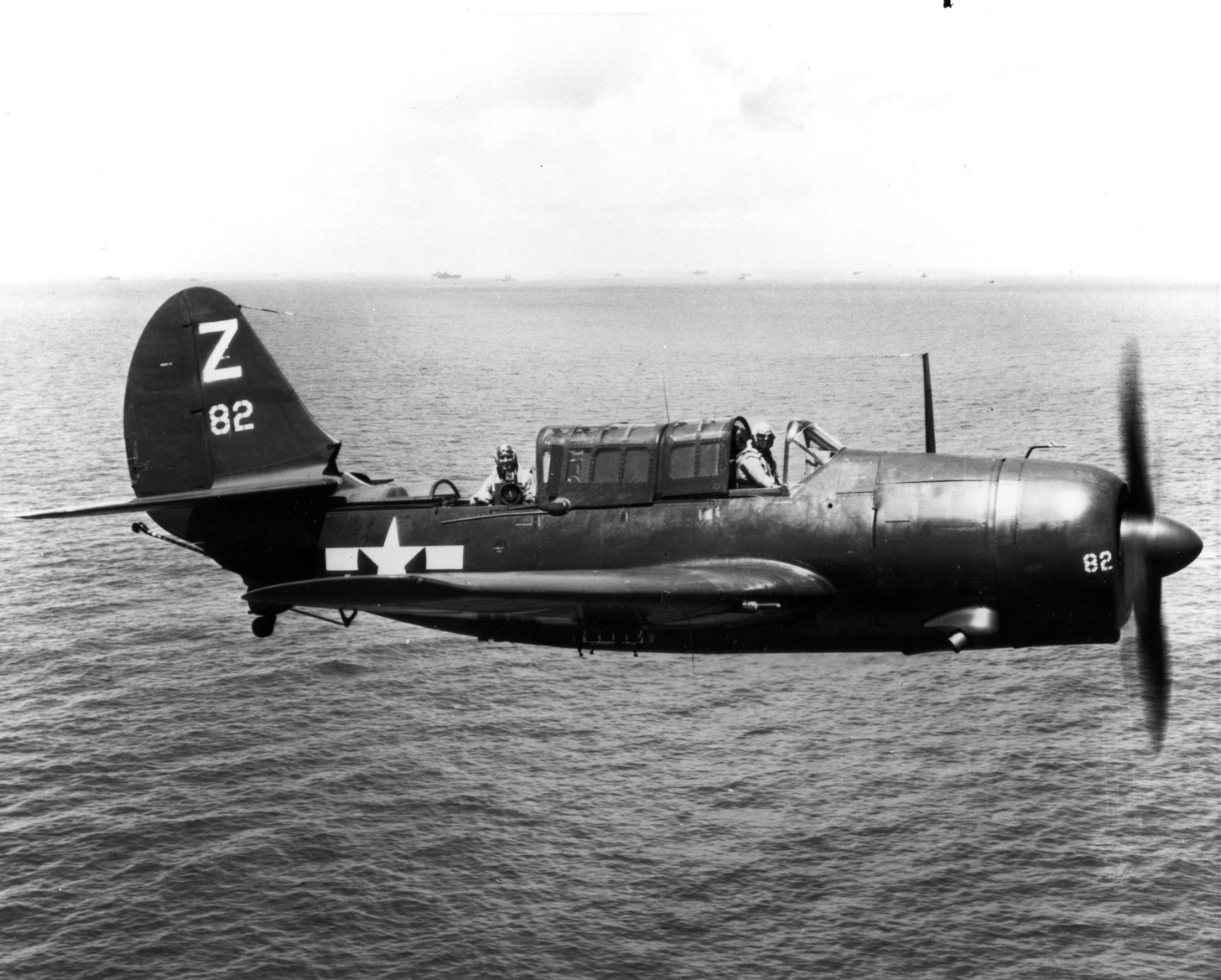
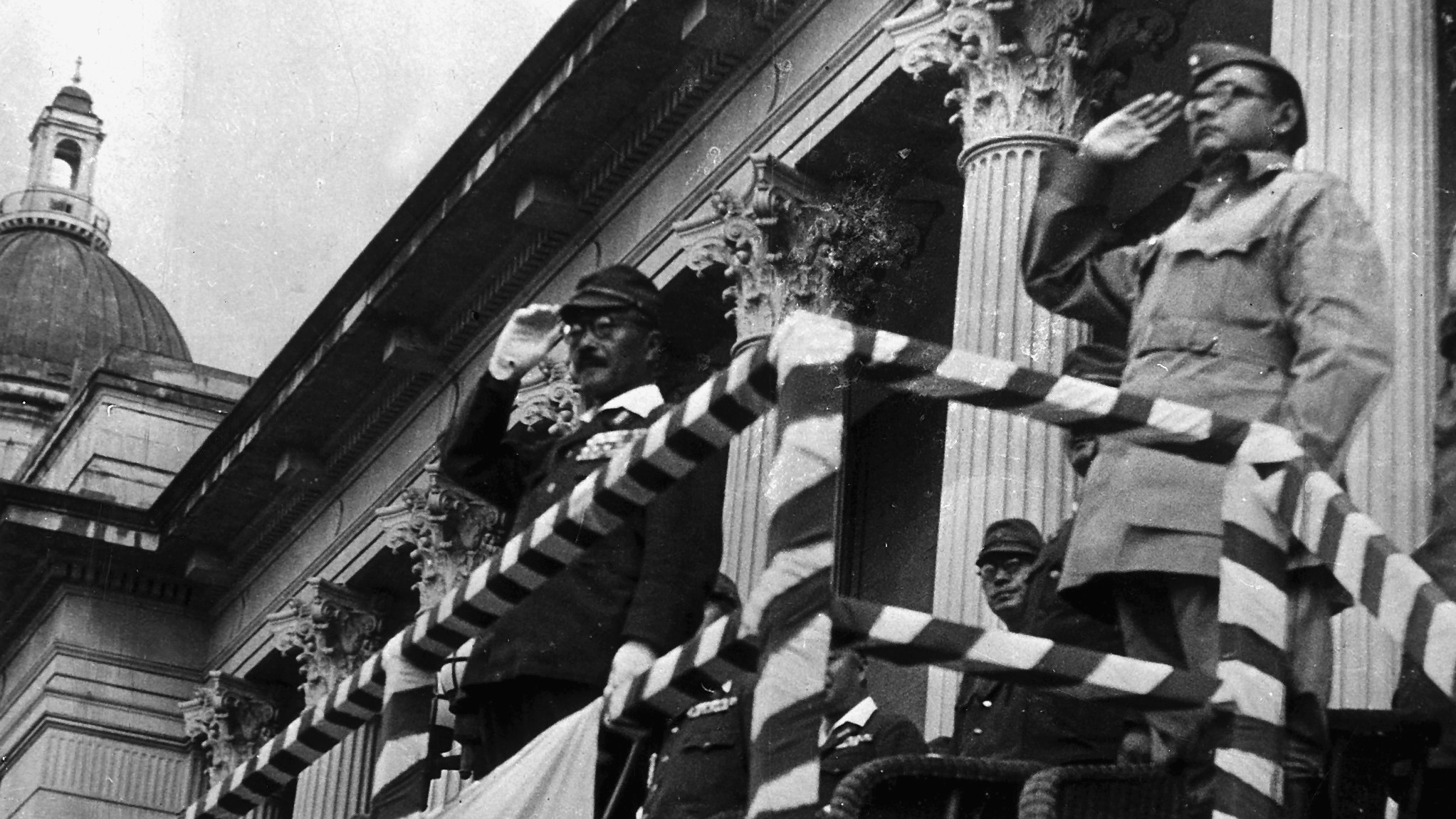
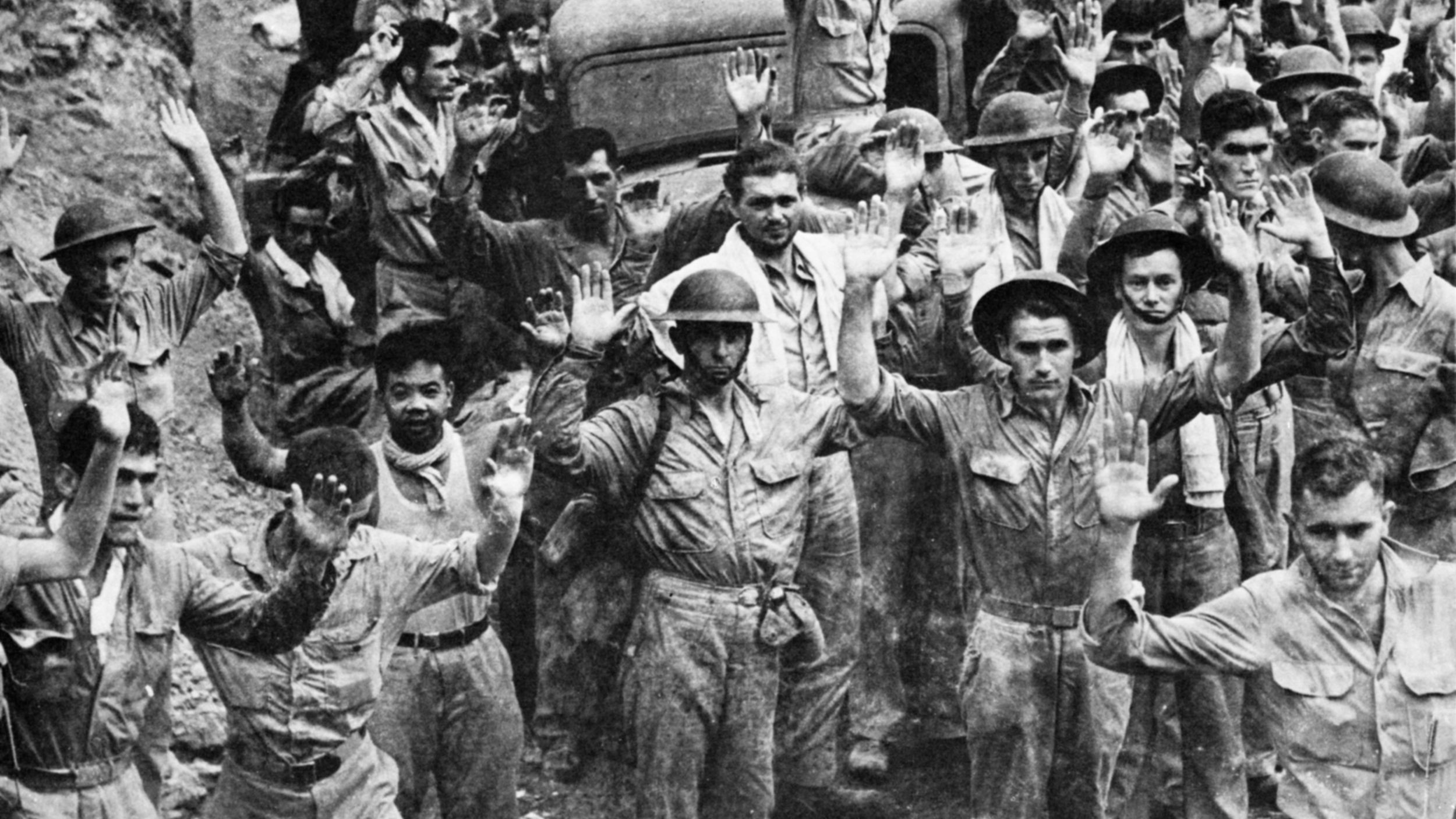
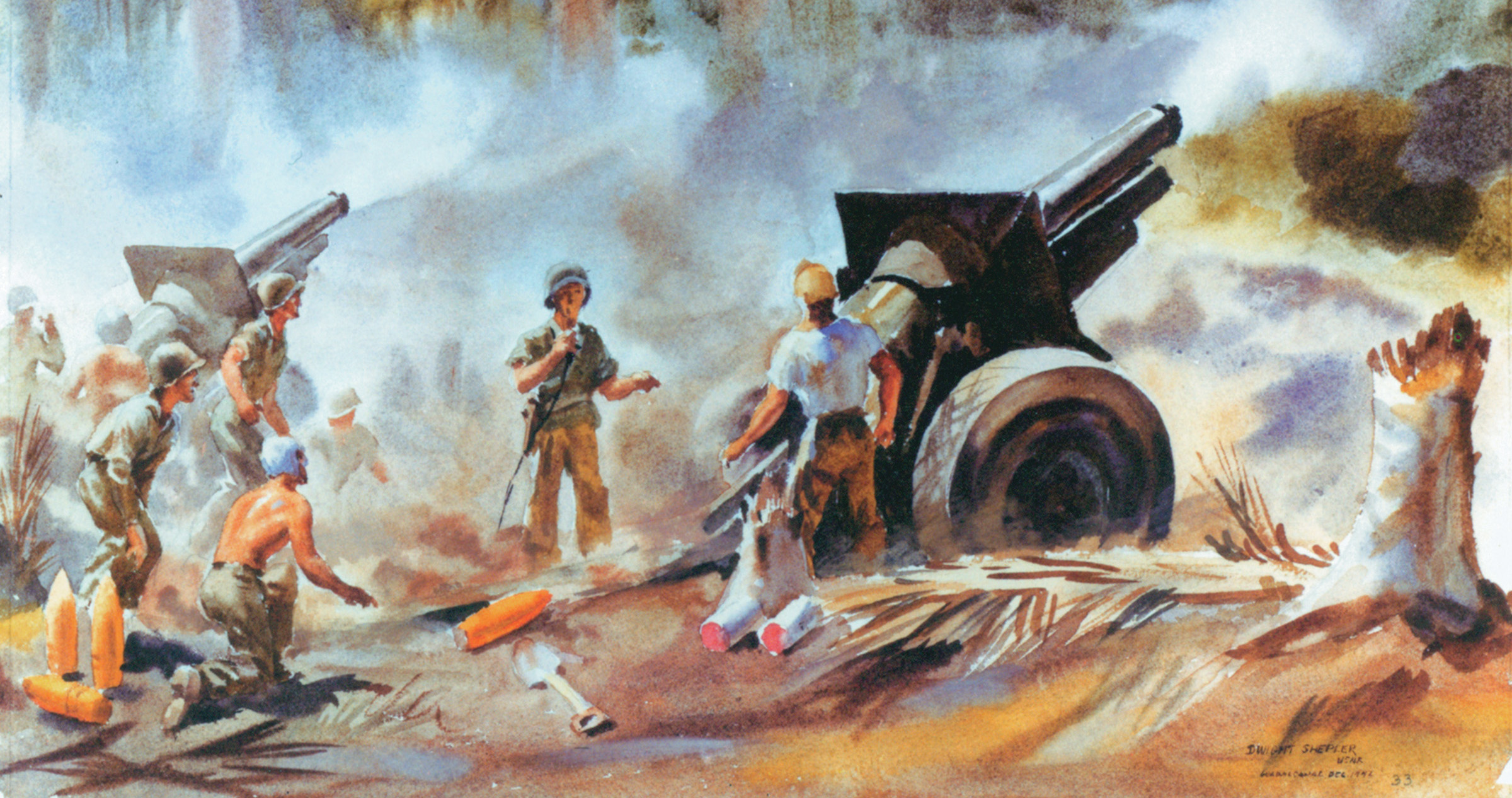
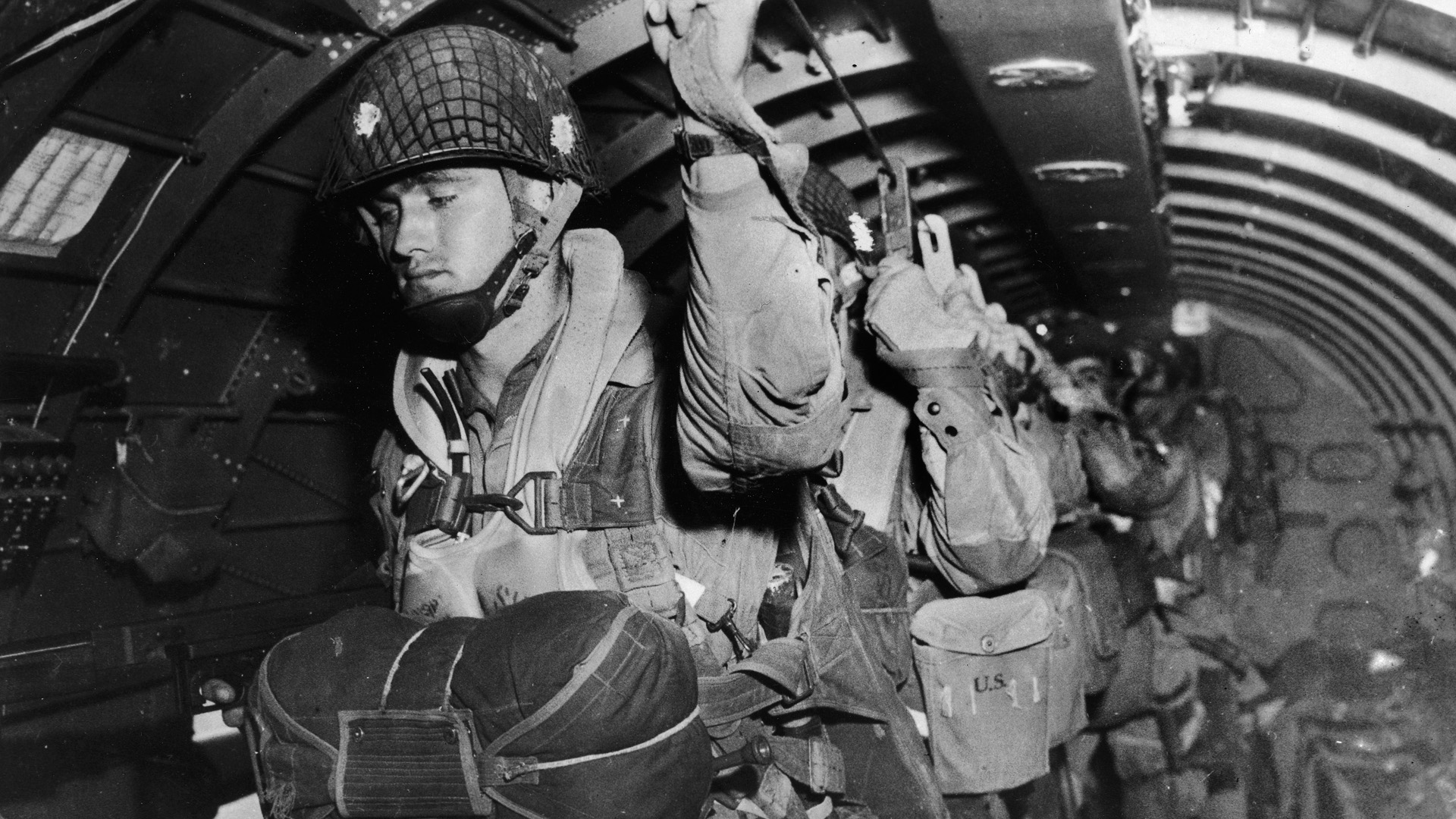
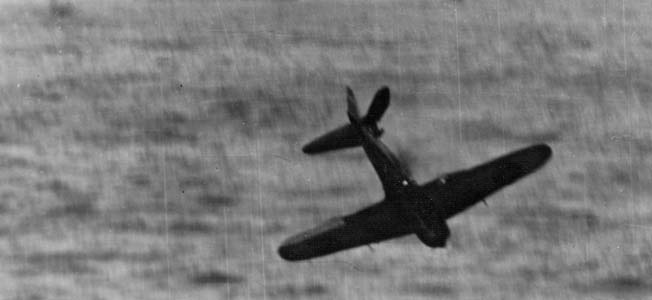
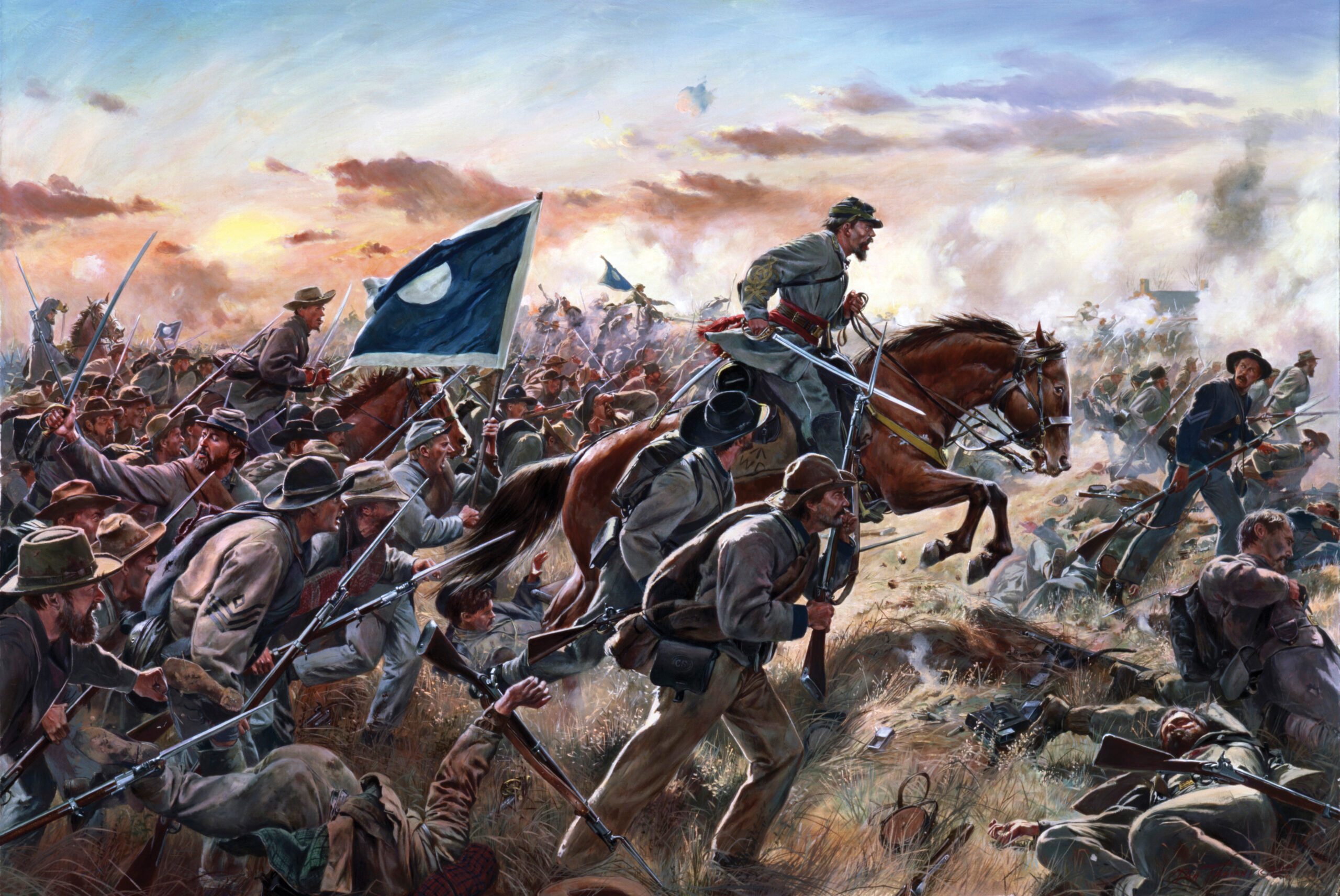

Join The Conversation
Comments
View All Comments